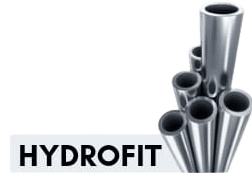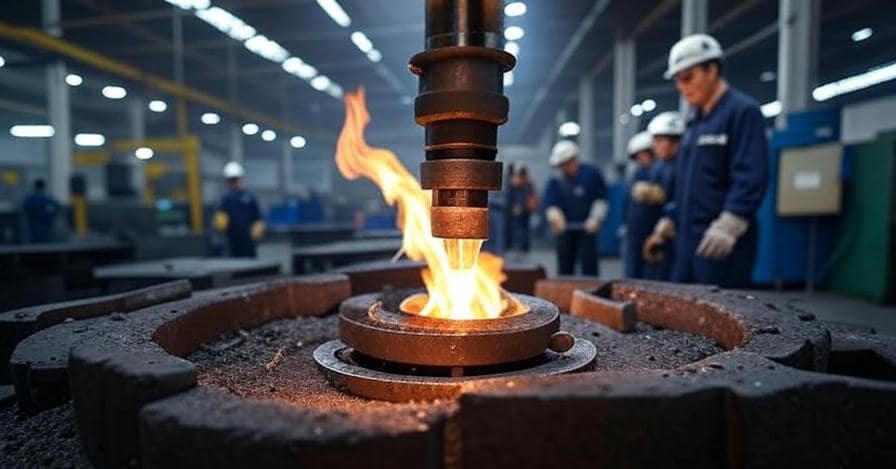+91-79045 61980 | Located in Chennai, TN
Reasons for Annealing of Hydraulic Seamless Tubes

The manufacturing of seamless tubes for hydraulic purpose is a very careful and detailed work. Every dimension, from inner to outer diameter, must be exact, and even small deviation make the tube unusable. Surface finish also has to be smooth and bright on both side. These strict process is what make hydraulic seamless tubes reliable for many industries.
Annealing of Hydraulic Seamless Tubes: But Why?
Hydraulic tubes should not only be strong but also soft enough for bending in application place. Normalizing and annealing are heat treatments that give the tube such property. Unlike other seamless tubes, hydraulic seamless tubes are valued for this normalized nature and workability.
What is Annealing
Annealing is a heat treatment process where steel or alloy tubes are heated at fixed temperature, kept for some time, and cooled down slowly. It helps in:
-
Reducing hardness
-
Improving machinability
-
Relieving stress
-
Making bending easy without deforming
Seamless Tubes and Their Manufacturing
Seamless tubes are hollow cylinders without welding seam. They are made through billet preparation, piercing, elongation and finishing. These tubes are widely used in high pressure areas like oil, gas, automobile and aerospace. Annealing improve their mechanical and metallurgical property further.
Gas Bright Annealing (GBK)
GBK is one common annealing method, especially for stainless steel seamless tubes. In this method, tubes are heated in hydrogen and nitrogen atmosphere. This give a bright surface finish and keep the mechanical property intact.
Steps in GBK Process
-
Tube Loading – Tubes are placed on racks for proper spacing.
-
Preheating – Removes moisture and prepare tubes for uniform heating.
-
Heating – Temperature goes around 900°C to 1100°C depending on material.
-
Soaking – Tubes are held at that temperature for fixed time to relieve stress.
-
Cooling – Controlled slow cooling prevent crack and deformation.
-
Brightening – Pickling and passivation done for bright and clean finish.
-
Testing – Quality checks like dimension, hardness and NDT ensure standard.
Advantages of GBK Annealing Seamless Tubes
-
Better mechanical strength and ductility
-
Improved corrosion resistance
-
Stress relief for dimensional stability
-
Smooth bright surface finish
-
Consistent and repeatable results
Applications of GBK Annealing Seamless Tubes
-
Petrochemical – Carrying corrosive fluids and gases
-
Automotive & Aerospace – For fuel lines, exhaust, hydraulic parts
-
Food & Beverage – Clean bright tubes maintain hygiene
-
Oil & Gas – Withstand high pressure in drilling and transport
-
Heat Exchangers – Excellent in boilers, condensers and heat systems
Summary
Gas Bright Annealing is one of the most important process for seamless tubes. It not only improve strength and durability but also make the tube reliable for bending and tough applications. With GBK treatment, seamless tubes achieve bright finish and long service life, making them essential for industries from chemical to aerospace. Future technology will make this process even more efficient and useful.


